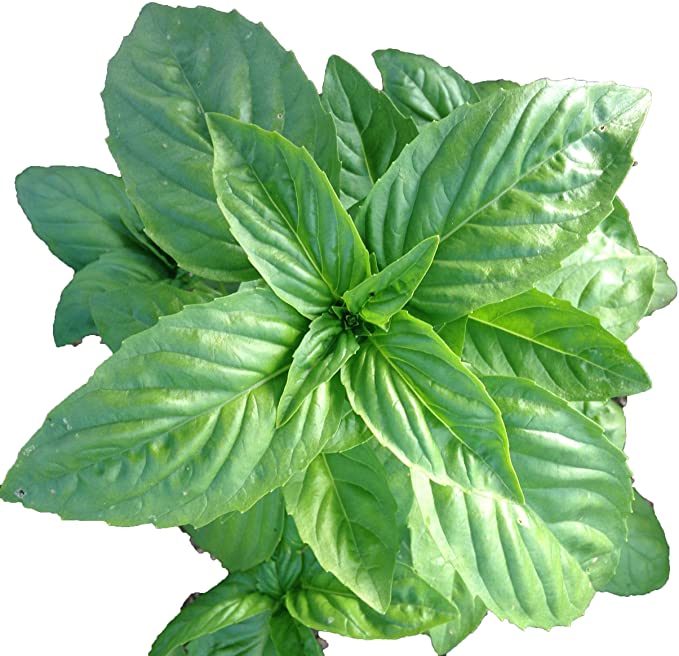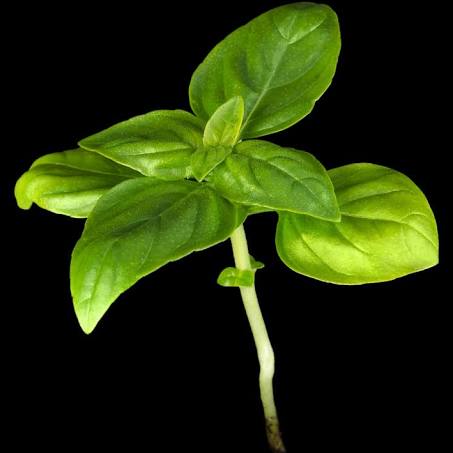
Basil is an herb used not only for the beauty of its leaves but also for its soft and aromatic power in the culinary world. Plants can reach between 0.98 feet and 4.9 feet depending on the varieties. The leaves are green and come in a variety of shapes. The exact origin of basil is uncertain due to the large number of cultivations. Its origin is from India. The Mediterranean Basil has a stronger flavor. It is widely used in Indonesia where it is called kemangi. Now basil is so well cultivated throughout the world due to human cultivation.

The name comes from Latin, basillius, and Greek basilikon phuton “royal/kingly plant” known to have been used to produce royal perfumes.
Although basil grows best outdoors, it can be grown indoors in a pot and, like most herbs, will do best on a sun-facing windowsill. It should be kept away from extremely cold drafts and grows best in strong sunlight, therefore a greenhouse is ideal. It can, be grown even in a basement, under fluorescent lights.
Basil suffers from plant pathogens that can kill the plant. Fusarium wilt is a soilborne fungal disease that quickly kills younger plants. Gray mold can cause infections.
Medicinal values: It is thought to have antioxidant and antimicrobial properties. Basil tea is often consumed for its calming effects. It is recommended to consult with a health professional before using Basil for medical purposes.
Experimenting with different basil varieties can add exciting twists to your culinary creations. Basil’s savory flavors make it a favorite herb in kitchens throughout the world. Basil continues to capture the hearts of enthusiast cooks.

Click on me to get the recipe for this delicious sandwich: Basil, Mozarella, Tomatoes.

Pingback: Rosemary – Bonjour Never LandBonjour Never Land